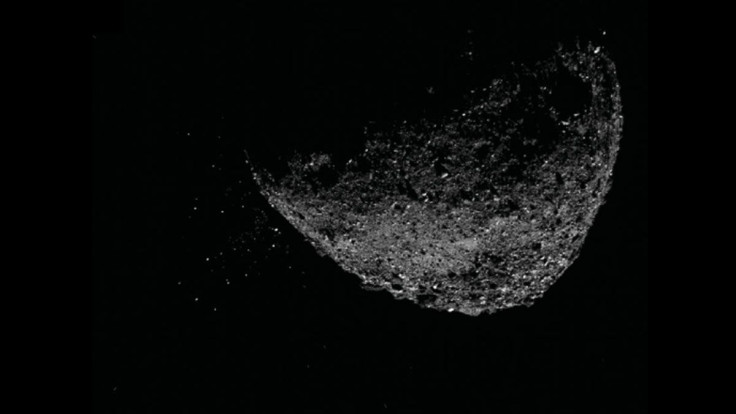2 Massive Asteroids To Zip Past Earth Tuesday
KEY POINTS
- Two giant asteroids are set to make a close approach to Earth this Tuesday
- One asteroid is larger than one of the tallest manmade structures in the world, the Petronas Twin Towers
- The asteroids pose no immediate threat to Earth
Two massive asteroids are heading toward Earth's vicinity this week, and one of them is more than five times the size of a football field.
At approximately 8:14 a.m. EDT Tuesday, asteroid 2021 AF8 will be zipping by Earth at a speed of about 20,000 miles per hour (32,000 kilometers per hour). With a diameter of about 580 meters (1,902 feet), this space rock is larger than the Petronas Twin Towers in Malaysia. The two buildings, which previously held the title of being the tallest manmade structure in the world, stand at a height of almost 452 meters (1,400 feet).
Just a few hours after 2021 AF8's flyby, another big asteroid will be making its close approach to the planet. Identified as 2021 HC3, this near-Earth object (NEO) is smaller in size than 2021 AF8 at 300 meters (984 feet) wide. Its size makes 2021 HC3 nearly as large as the Eiffel Tower, which boasts a height of 324 meters (1,062 feet), per the Measure of Things.
Both asteroids can be seen in the close approach data table of NASA's Center for Near-Earth Object Studies (CNEOS), which tracks comets and asteroids that drift close to Earth's orbital neighborhood.
The two huge asteroids are not expected to hit Earth during their upcoming flybys. According to the CNEOS' calculations, the closest 2021 AF8 will get to the Earth when it passes by this Tuesday is about 2 million miles from the planet's surface.
As for asteroid 2021 HC3, its closest approach will be at 4.3 million miles from the planet's surface.
CNEOS has identified both asteroids to be Apollos. NEOs of this type are known to follow orbits that intersect with that of Earth, thereby making close approaches more likely to occur.
Fortunately, the massive asteroids should not be a cause for concern. According to the European Space Agency, neither of the two NEOs has been included in the space agency's Risk List, which contains "all objects for which a non-zero impact probability has been computed."
NASA's Jet Propulsion Laboratory (JPL), which manages CNEOS, defines near-Earth objects as asteroids and comets that approach Earth less than 1.3 times the distance from the planet to the sun. The two are about 93 million miles from each other.
Most NEOs do not pose a threat, according to JPL, with potentially hazardous asteroids (PHA) being an exception. These are objects that "approach Earth at less than half the Earth-Sun distance," JPL said. They are usually large enough to cause significant damage if they hit the planet.

© Copyright IBTimes 2024. All rights reserved.





















